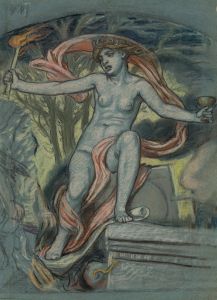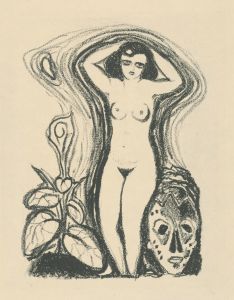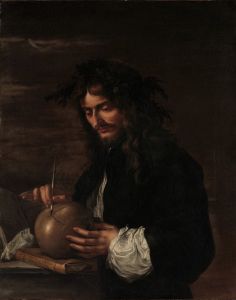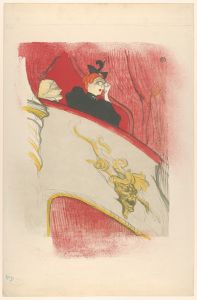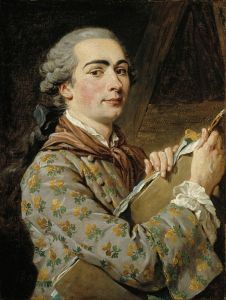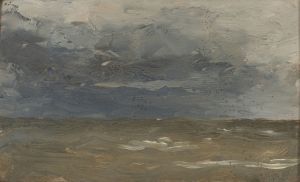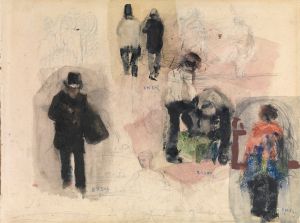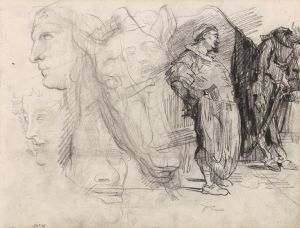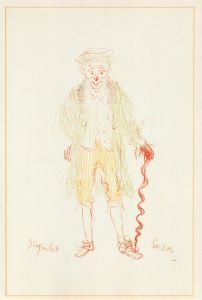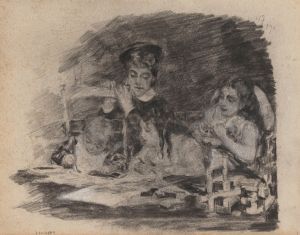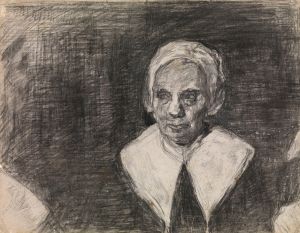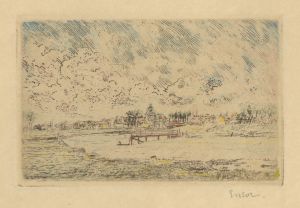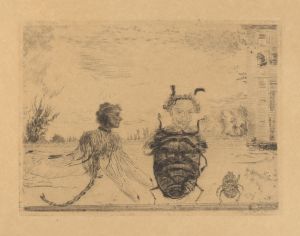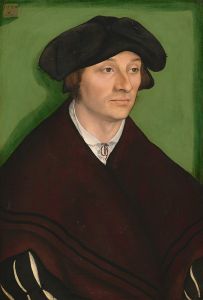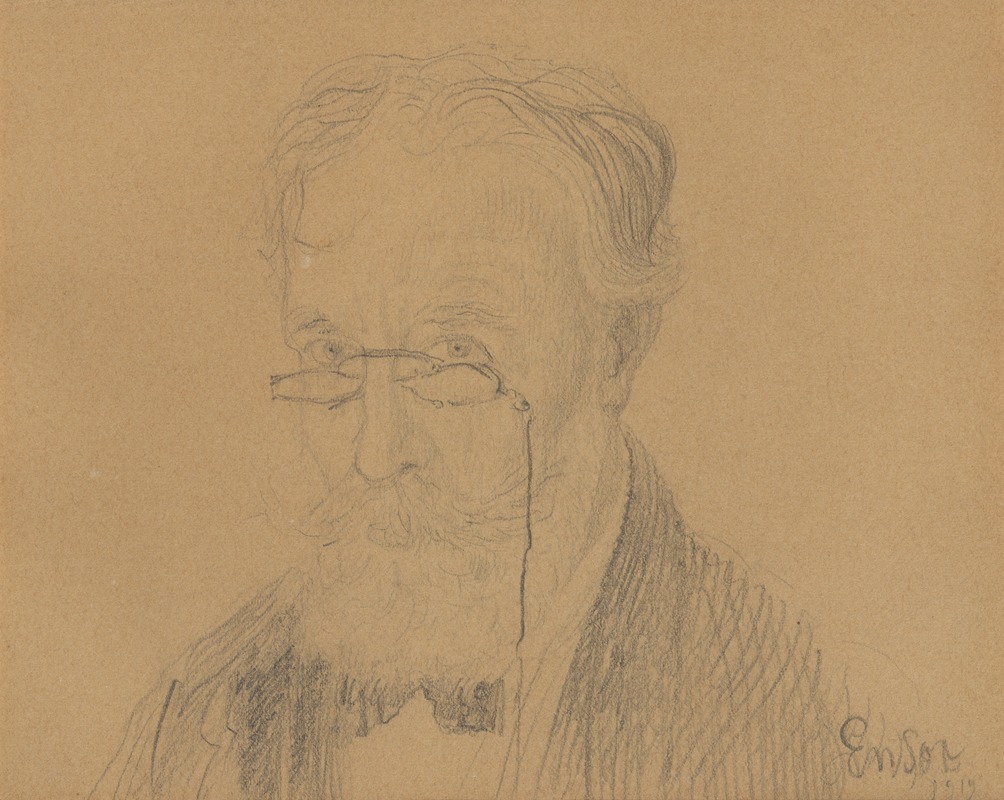
Zelfportret
A hand-painted replica of James Ensor’s masterpiece Zelfportret, meticulously crafted by professional artists to capture the true essence of the original. Each piece is created with museum-quality canvas and rare mineral pigments, carefully painted by experienced artists with delicate brushstrokes and rich, layered colors to perfectly recreate the texture of the original artwork. Unlike machine-printed reproductions, this hand-painted version brings the painting to life, infused with the artist’s emotions and skill in every stroke. Whether for personal collection or home decoration, it instantly elevates the artistic atmosphere of any space.
James Ensor, a prominent Belgian painter, is known for his unique and often surreal style that blends elements of expressionism and symbolism. One of his notable works is "Zelfportret," which translates to "Self-Portrait" in English. This painting is an introspective piece that offers insight into Ensor's artistic vision and personal identity.
James Ensor was born on April 13, 1860, in Ostend, Belgium, and spent most of his life there. He was a key figure in the Belgian avant-garde movement and played a significant role in the development of modern art in Europe. Ensor's work is characterized by its bold use of color, intricate detail, and often grotesque or fantastical imagery. His self-portraits are particularly interesting as they reveal his introspective nature and his exploration of identity.
"Zelfportret" is one of several self-portraits created by Ensor throughout his career. In these works, he often depicted himself in various guises, sometimes incorporating masks or costumes, which were recurring motifs in his art. Ensor's fascination with masks and the concept of disguise is evident in many of his paintings, reflecting his interest in the duality of human nature and the contrast between appearance and reality.
In "Zelfportret," Ensor presents himself with a direct gaze, engaging the viewer with a sense of immediacy and presence. The painting showcases his skillful use of color and light, with a palette that is both vibrant and nuanced. Ensor's brushwork is expressive, capturing the texture and depth of his features with precision. This self-portrait, like many of his works, can be seen as a reflection of his inner world, offering a glimpse into his thoughts and emotions.
Ensor's self-portraits are not merely representations of his physical appearance; they are also explorations of his psychological state and his role as an artist. Through these works, he examines themes of identity, mortality, and the nature of art itself. Ensor's ability to convey complex ideas through his self-portraits has cemented his reputation as a pioneering figure in modern art.
Throughout his career, Ensor was associated with the artistic group Les XX, a collective of avant-garde artists in Brussels. This association provided him with a platform to exhibit his work and connect with other artists who shared his innovative vision. Despite facing criticism and controversy for his unconventional style, Ensor remained committed to his artistic principles and continued to push the boundaries of traditional art.
James Ensor's influence extends beyond his lifetime, as his work has inspired subsequent generations of artists. His self-portraits, including "Zelfportret," are celebrated for their originality and depth, offering a window into the mind of a visionary artist. Ensor's legacy is preserved in museums and collections worldwide, where his paintings continue to captivate and inspire viewers with their boldness and creativity.





